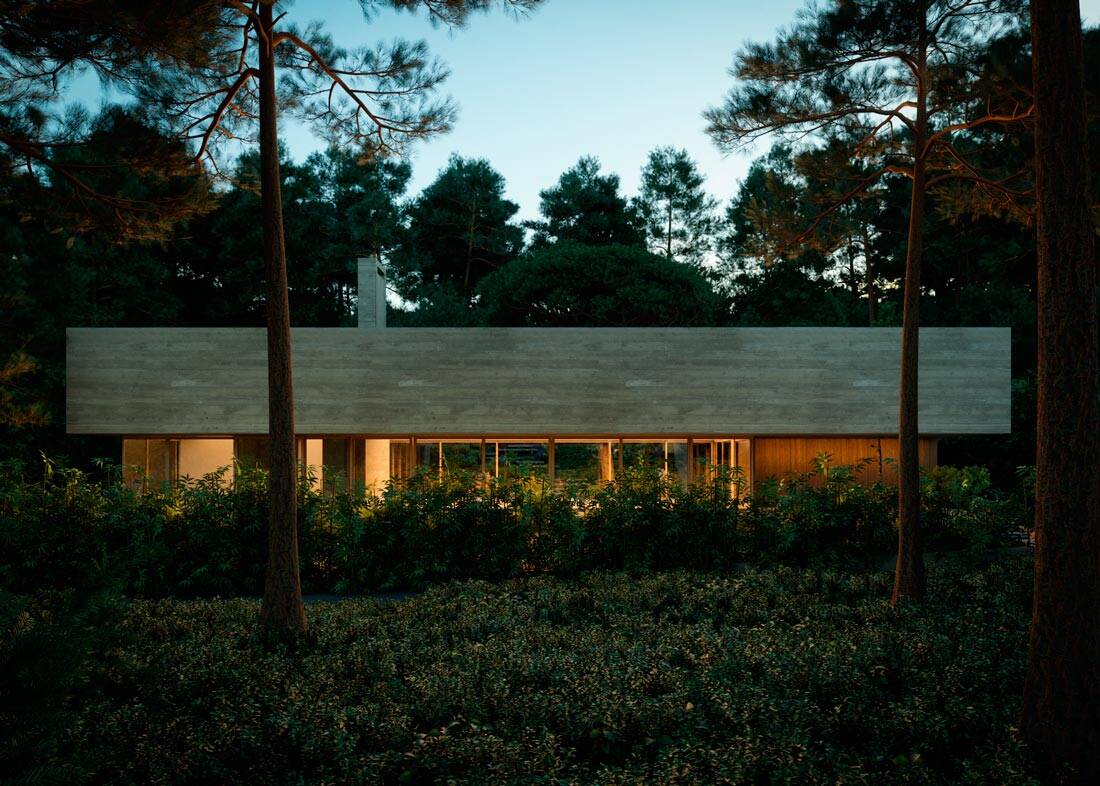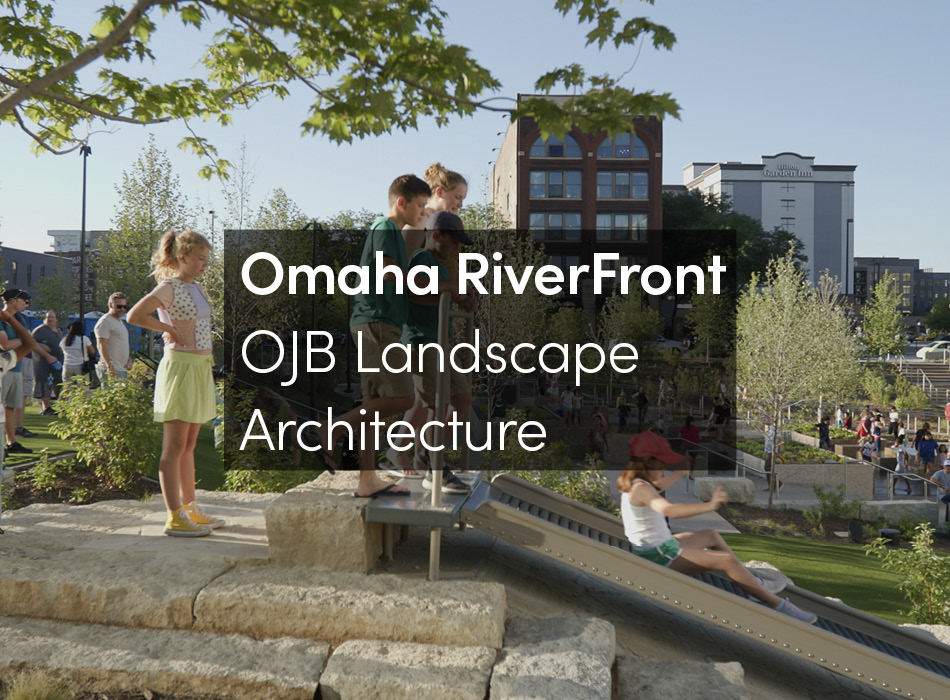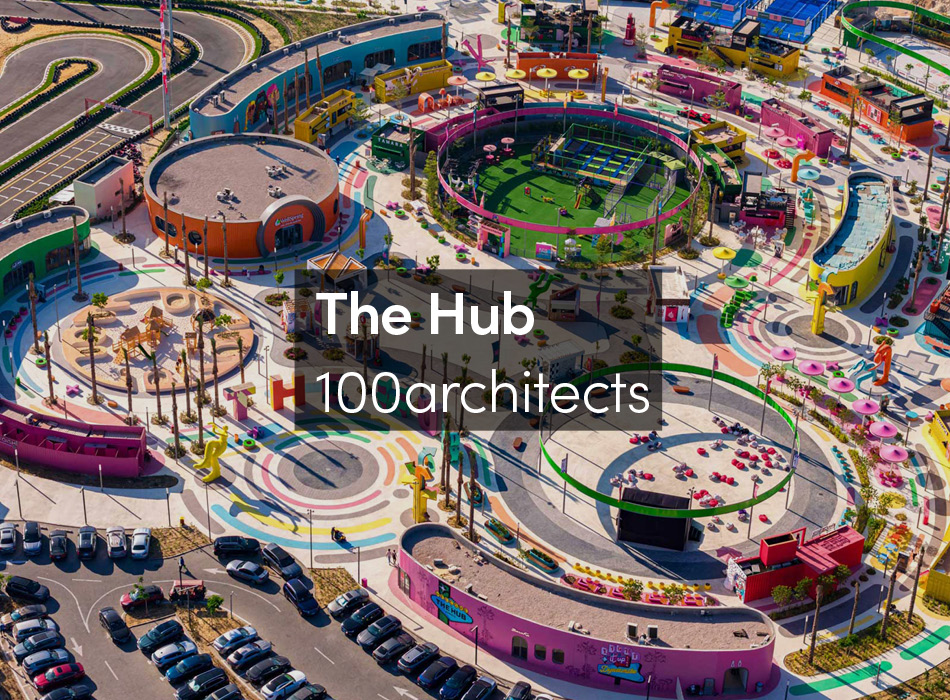The house is conditioned by the size of the allotment but motivated by an existing slope, useful in the elimination of an uninteresting and inconvenient environment, implanted at a higher level. The strategy involves confronting and reconciling artificial and natural data, believing in the affirmation and configuration of architecture, through a courtyard that regulates and distributes the programme.
A rationalistic geometry and volumetry highlights natural and environmental values that are favourable to the domestic space. Though apparently hostile, the topography becomes the raw material for the idea. A water feature in the form of a scenic pool compensates for the lighting and the half-buried condition of the entrance area.
The central void is formed by three sides that are diluted in the terrain, one with social uses and the other individual. They are joined to the centre by a transparent and absent spatiality that dematerializes to articulate the entrance. Dense and strongly anchored on the slope, the volume levitates to let the ground flow through, between the exterior and the courtyard, with the continuity of the vegetation.
The static horizontality of the transversal section is animated by diagonal cross movements and generated by different transparencies. The accessible roof adds dimensions and uses which prolong the narrative of the house. The materiality of the envelope is consistent throughout the house and confirms this total and global dimension. The architecture appears, as always, transformative but also capable of adding stability and quality to the place.
“It is a profound exercise on the human scale – very interesting and important for us.”
Julião Pinto Leite























